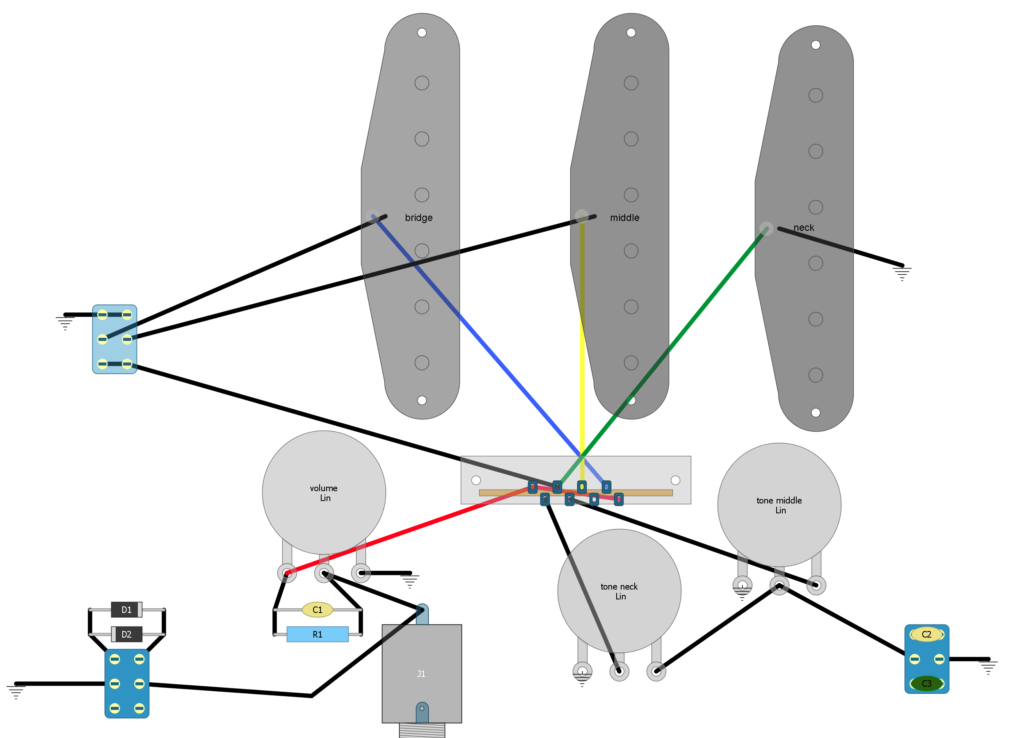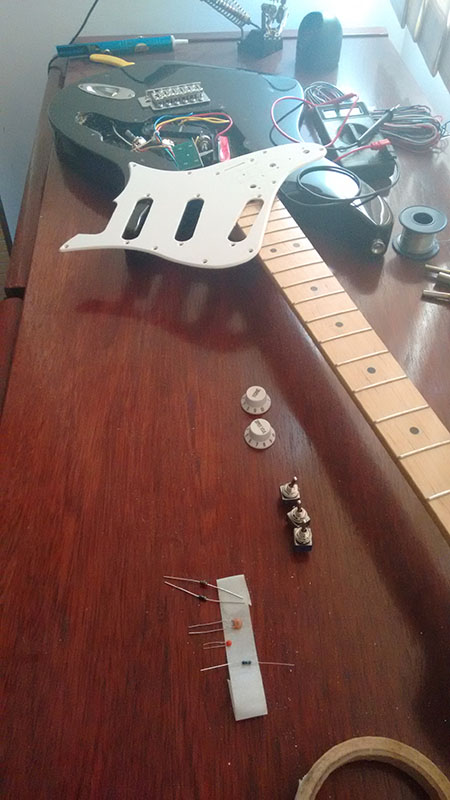Wow! My second DotM post!
Turns out that the biggest discovery of this month is that NaNoWriMo is not easy at all. Next year I will prepare myself and try again.
Well, let’s get to the point of the post:
Web Development
Microjs: A selection of small footprint JavaScript micro-libraries and micro-frameworks for all sort of things.
Tech
PythonTutor: Visualize your code in execution, kinda like a debugger. It now has support to Python, Java, JavaScript, TypeScript, Ruby, C, and C++. Fun project and may help you understand how programming languages work.
Detexify: Struggling to find a symbol for LaTeX? Just draw it!
Music
Paranoia: Crossover/Thrash Metal band from the late eighties. They released just one album though.
Hellbenders: Stoner rock band from Goiânia/Brazil.
My Life with the Thrill Kill Kult: Industrial rock band from the late eighties. Been listening to industrial since my teenage years and, strangely, never heard of them before.
Eloy: (German) Progressive Rock band. Underrated in my opinion.
Shackles: Death/Thrash Metal band perfect for headbangin’. It’s a shame they split up.
Electric Octopus: Psychedelic/Jazz/Experimental… there is not enough genres to tag these guys.
Brunt: Instrumental stoner rock with a mix of trippy clean tones and heavy fuzz guitars.
Lee Van Cleef: (not to be confused with Lee Van Cleef) Psychedelic acid rock from Italy.
Sasquatch: Another stoner rock band. Great sound and they are really a bastardized version of GFR as they claim. Should be on the regular playlist of any fan of the genre.
YouTube Channels:
The Art of Weapons: An U.K. teenager run this channel since he was around 13 years old. Focused on crossbows and slingshots, but has a lot of DIY information for HDPE plastic, wood lathe and even forging aluminium.
Stoned Meadow of Doom: Channel posting albums from underground stoner/sludge/doom bands. Some of the bands presented here I found on the channel.




